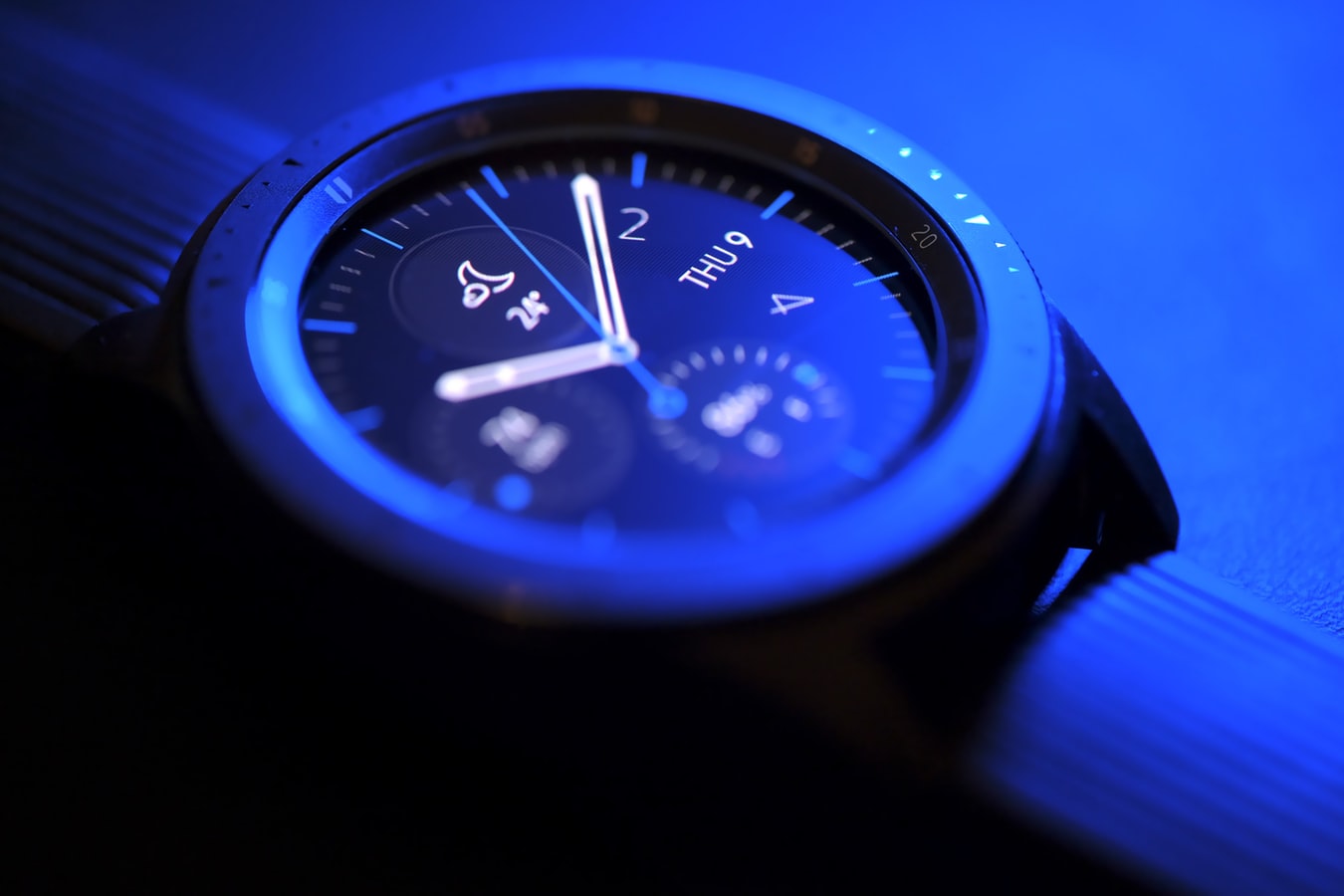Wearable devices have become all the rage in recent years, with 100 million more devices shipped in 2018 than 2014. As technology companies seek to create devices beyond the smartphone, wearables show promise as a robust transitional option. These devices, such as watches, rings, and smart earbuds attempt to make tasks more convenient, while maintaining a connection to a smartphone. Developing a wearable device can be more difficult than developing a smartphone, as space must be more optimized, and the design must be attractive to a wide audience. A wearable should have the ability to perform as a form of attire, telling others something about yourself.

1. Power Consumption
Low power consumption is fundamental to developing a wearable device. Oftentimes, there is very limited space available for a battery. Using the right processor package (known as an SoC) in your wearable - one that is as power efficient as possible - can decrease the size of your device and also make it last longer on a charge. Battery selection is important and the battery should take up the majority of the available space in a wearable. Aside from hardware design, the software must utilize power efficiently to create a wearable with longer times between charges. An optimized and bug-free operating system will take less power to run than a basic, unoptimized one.
2. Ergonomics
A critical part of a wearable device is its ability to fit comfortably on the wearer. Consumer studies can help determine the preferred design. Packaging also plays a major role in a customer’s decision making. If the wearable is presented well, it will catch the eye of the consumer and result in increased sales.
3. The Attention Cap
In this saturated technology market, consumers are looking at screens more often than not. We have hit the so called “attention cap”, where consumers are not spending more time on technology, but looking to optimize the time they do spend. This means making a wearable that is less intrusive can be more valuable to the user’s daily needs. Including wellness features in your wearable is only one way to make a wearable essential to a consumer. Make sure your wearable device includes beneficial features that will delight rather than burden the wearer.

